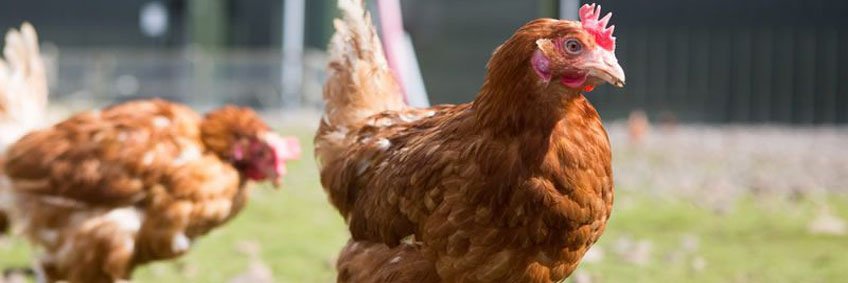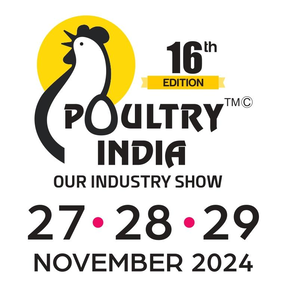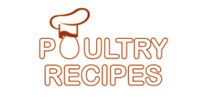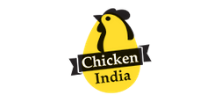Poultry disease prevention and management

- vaccination
- parasite control
- identifying and treating sick birds
- separating multi-age flocks
- practising routine biosecurity procedures between flocks and staff working with them.
Vaccination
Vaccination can prevent many poultry diseases. Follow a suitable vaccination program or only buy appropriately vaccinated stock. You can request vaccination certificates from your supplier when purchasing chicks or pullets.
Poultry vaccinations include:
- avian encephalomyelitis
- chicken anaemia
- egg drop syndrome 76 (EDS 76)
- fowl cholera
- fowl pox
- infectious bronchitis
- infectious bursal disease
- infectious coryza
- infectious laryngotracheitis
- Marek's disease
- Newcastle disease.
For breeders of poultry, when vaccinating:
- always follow the instructions on the label, including storage conditions
- use disposable syringes and needles
- discard all unused vaccines, syringes and needles in a proper manner
- be clean, but never use detergents or disinfectants near vaccination equipment. Do not disinfect skin before vaccinating with fowl pox or Marek's HVT vaccine, as this will kill the vaccine virus.
Check with your vaccine supplier or veterinarian for vaccine availability. Poultry Hub has more information about vaccination types, procedures and handling.
Parasite control
Birds that are housed on the floor and have access to pastures and outdoor areas will have greater exposure to internal and external parasites. For birds housed in these conditions, it is important to have a prevention program in place and treat as required. This helps to minimise physical stress and keep birds in good condition so they can resist disease. Control parasites by:
- regularly inspecting birds for external parasites
- spraying or dusting birds thoroughly with an approved insecticide if you can see lice or mites - spray the shed, perches and nests thoroughly, making sure the insecticide gets into crevices
- cleaning sheds and rotating ranges to prevent worms
- regularly checking faecal material for any sign of worms
- always checking the label on worming treatments for withholding periods as some are not suitable for production birds
- consulting a veterinarian.
Remove sick birds
Regularly observe your birds for any signs of ill health or problems within the flock such as feather pecking. Remove sick chickens and other poultry from the main flock and obtain a diagnosis from a qualified person. Sick birds usually appear different to healthy birds. You can give the correct treatment once you identify the disease or problem. Keep ill birds quarantined from the flock until completely recovered. If medication is given, it is important to adhere to any withholding periods.
Multi-age flocks
When introducing younger birds into a flock of older birds, there is an increased risk of disease transfer from the older birds to the younger birds. Older birds often build resilience to diseases and disorders that younger birds have not been exposed to.
There may also be an increased risk of feather pecking and social issues when introducing new birds to a flock.
It is preferable from a disease perspective to run single-aged flocks. However if this is not possible and you are running multi-age flocks:
- keep age groups separate - have an all-in and all-out system for each age group to allow for a complete clean and disinfection of facilities and equipment between batches
- always start work with younger poultry and finish with the oldest.
Source: https://www.business.qld.gov.au/









.jpg)



